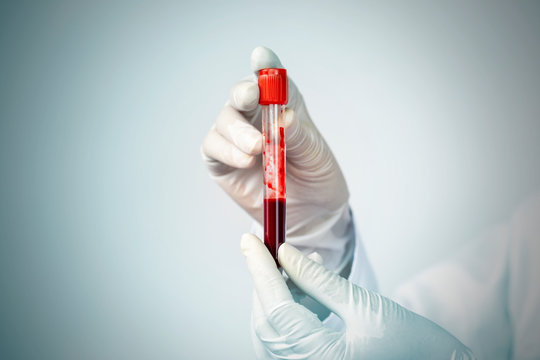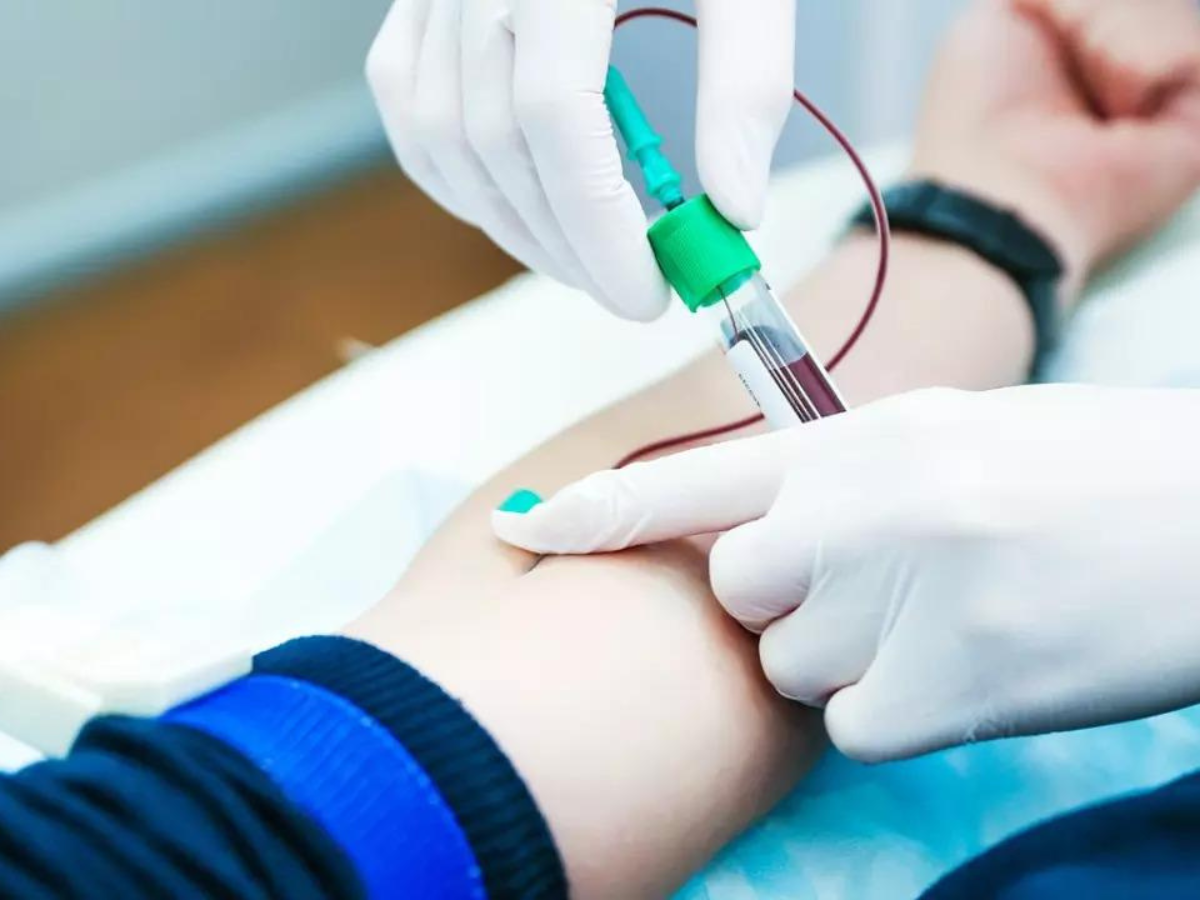Diabetes is a serious health condition where the amount of glucose in your bloodstream is too high. This happens when your body is insufficient to make enough insulin, can’t use it as well as it should, or both. Too much glucose stays in the bloodstream and isn’t able to reach cells throughout the body. Over time, having excessive blood sugar levels can lead to diabetes complications if left untreated. People with diabetes must keep their blood glucose levels within their target range by following treatment plans prescribed by medical professionals in Kothrud Pune.
People with diabetes should get a hemoglobin A1C (HbA1c) test, a simple yet effective blood test that can provide insight into your average sugar levels over the past 3 months. This type of testing helps identify potential risks for developing diabetes or other metabolic conditions and allows individuals to take proactive steps toward managing their health.
When individuals have undergone diabetes, whether it is type 1 or type 2, It is essential to keep their sugar level under the targeted range. In this article, we will understand the methodology of blood sugar levels and also how to maintain them and improve HbA1c results for your well-being.
Table of Contents
Tips for Managing Your Blood Sugar Levels and Improving HbA1c Results
To manage your blood sugar levels, here are some easy and practical ways:
1. Carb Intake Management
Carbohydrates are split into sugars, primarily glucose, and insulin helps your body use the sugar for energy. However, if you eat too many carbs or have problems with insulin function, this process can fail and lead to elevated blood sugar levels. Eating a low-carb diet is an effective way of reducing overall blood sugar levels and preventing sudden spikes in your blood sugar.
2. Keep Up With Regular Exercise
Regular exercise can be an effective way to reach and maintain a moderate weight, as well as improve your insulin sensitivity. When your cells are more sensitive to the available sugar in your bloodstream, they’re better able to use it. Exercise also helps muscles utilize blood sugar for energy and muscle contraction. If you have issues with managing blood sugar levels, consider monitoring them before and after exercising so that you can learn how different activities affect them and ensure they don’t get too high or low.
What level of blood sugar is dangerous? … Read More…
3. Fiber Is The Best Carb Fighter.
Consuming a diet high in fiber has been shown to help maintain blood sugar levels and minimize the risk of low blood sugar. Soluble fiber, specifically, has been linked to improved glycemic control. Eating plenty of this fiber can provide your body with the tools it needs to better manage type 1 diabetes. Insoluble fiber is also important for overall health but hasn’t been proven to have an effect on blood glucose management.
4. Control Your Stress Level
Stress can have a negative impact on your blood sugar levels. When you are stressed, hormones like glucagon and cortisol are released into the body, causing an increase in blood glucose concentrations. A study involving students found that exercise, relaxation techniques such as yoga or mindfulness-based stress reduction (MBSR), and meditation had positive effects on reducing stress while also lowering their blood sugar levels. For those with chronic diabetes, these exercises and relaxation methods may even help to improve insulin secretion problems.
5. Eat Foods With A Low Glycemic Index.
The glycemic index (GI) measures how quickly carbohydrates break down during digestion and are absorbed by the body. It ranks foods on a scale from 0 to 100, with low GI foods ranking 55 or less. Eating these types of food has been shown to help reduce blood sugar levels in people with diabetes, as both the amount and type of carbs consumed play an important role in determining their impact on your blood glucose level.
6. Monitor Your Blood Sugar Levels.
Keeping track of your blood glucose levels can be beneficial for managing them. Measuring your levels regularly every day and recording the numbers in a log is recommended. Additionally, it may be more helpful to monitor your blood sugar in pairs — such as before and after exercise or before and two hours post-meal. This will give you an insight into whether small adjustments need to be made with meals if they cause spikes in your blood sugar instead of avoiding certain dishes altogether. Some changes include swapping starchy sides for non-starchy vegetables or limiting them to a handful per meal.
Conclusion
The normal range for fasting blood glucose levels is between 70 mg/dL (3.9 mmol/L) and 100 mg/dL (5.6 mmol/L). If your fasting blood glucose is higher than this, ranging from 100 to 125 mg/dL (5.6 to 6.9 mmol/L), it’s important that you make some lifestyle changes and monitor glycemia closely. Whatever will be your numbers with a proper diet, weight control, and taking other precautionary measures, you can easily maintain your blood glucose levels and can improve your HbA1c results in Kothrud Pune. Keeping track of your blood sugar levels is key to managing diabetes. By checking and logging your readings daily, you can make adjustments to foods and medications when needed in order to maintain healthy blood sugar levels.
Frequently Asked Questions (FAQs)
1. What is the best way to manage high blood sugar levels naturally?
The best ways include reducing carb intake, regular exercise, eating high-fiber foods, choosing low-GI foods, and managing stress. These habits help maintain stable blood glucose levels.
2. How can I improve my HbA1c results quickly?
You can improve HbA1c by following a balanced diet, exercising daily, taking medicines on time, monitoring blood sugar, and limiting sugary or high-carb foods.
3. Why is the HbA1c test important for diabetes management?
The HbA1c test shows your average blood sugar levels over the past 3 months, making it essential for tracking long-term diabetes control and treatment effectiveness.
4. What foods help control blood sugar levels?
Foods that help are low-GI foods, whole grains, leafy vegetables, lentils, nuts, seeds, and fiber-rich meals. These prevent sugar spikes and support stable glucose levels.
5. How does exercise improve blood sugar and HbA1c?
Exercise improves insulin sensitivity, helping your muscles use blood sugar efficiently. Regular physical activity lowers glucose levels and improves HbA1c naturally.
6. Can stress increase blood sugar levels?
Yes. Stress releases cortisol and glucagon, which raise blood sugar. Yoga, meditation, deep breathing, and walking help reduce stress and stabilize glucose levels.
7. What is considered a dangerous blood sugar level?
Blood sugar below 70 mg/dL is low, and above 180 mg/dL after meals is high. Consistently high values require medical attention to avoid complications.
8. Where can I get an HbA1c test in Kothrud Pune?
You can get a reliable HbA1c test in Kothrud Pune at trusted diagnostic centers like Sunrise Diagnostic Centre, offering accurate results and professional care.
For more information kindly visit our website: https://sunrisediagnosis.com/
Call Now: 9028801188, 9028566644, 9028566611
Find the clinic here: Get direction
Address: Ground Floor, Shop No. 2, Business Hub Building Opp. Mirch Masala Hotel, Near Vandevi Mandir Karve Road, Karvenagar, Kothrud, Pune, Maharashtra 411038

Dr. Karishma Shinde, B.H.M.S (MUHS Nashik) PGD, EMS (RHC Pune and the Director of Sunrise diagnostics Centre along with her team works with a vision of rendering care for the happiness of humankind and freedom from illness.





